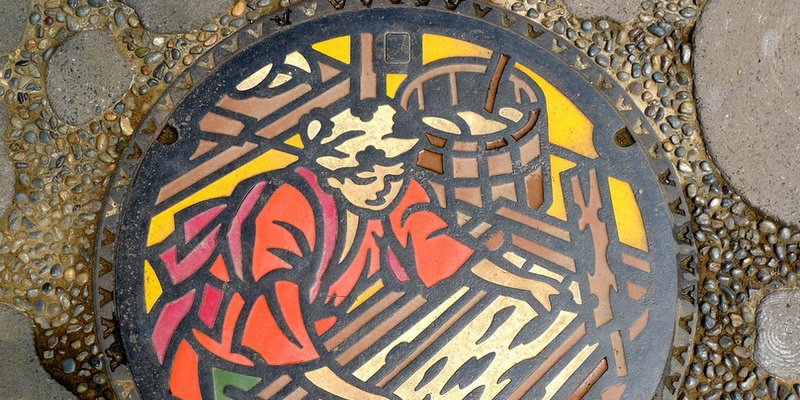From Tokyo to the World: How Spogomi Made Cleaning Up a Sport
In a time when environmental challenges often feel overwhelming, a surprisingly joyful solution has emerged from Japan: Spogomi, a competitive sport that turns litter-picking into a timed, team-based competition. What began in 2008 as a small initiative has now inspired over 165,000 participants across the globe, spreading a powerful message: helping the planet can be fun, engaging, and deeply rewarding.A Sport That Started With a Simple IdeaSpogomi was born out of one question: How do we make environmental responsibility more enjoyable? Japan, known for its clean streets and culture of discipline, transformed this idea into a structured sport where players compete to collect and sort as much trash as possible in a limited time. The concept is simple, but its impact is extraordinary. By adding elements of teamwork, competition, and gamification, Spogomi successfully motivates people of all ages to step outside, collaborate, and contribute to a cleaner world.How Spogomi Works: Rules That Bring Order to the ChaosSpogomi’s objective is simple yet exciting: teams compete to pick up and sort as much litter as possible within a fixed time limit, usually 60 minutes, and the team with the highest score wins. Most groups consist of three players, encouraging teamwork and strategy as they move together. Scoring isn’t just about quantity; points depend on both the weight and type of waste collected, with high-impact items like cigarette butts carrying extra value. To keep the competition safe and fair, players must follow key rules: no running, staying within 10 meters of teammates, and avoiding litter from dustbins, private spaces, or road gutters. Hazardous or bulky waste is off-limits. Teams can even lose points for incorrect segregation, picking prohibited items, or breaking the spacing rules. With its mix of strategy, discipline, and precision, Spogomi becomes far more than a clean-up drive; it transforms litter picking into a highly engaging, competitive sport.Global Growth: From Tokyo Streets to International PodiumsSince its creation, Spogomi has grown from a small Japanese activity into a global movement, with dozens of countries now hosting national events that lead up to an annual World Championship attracting teams from around the world. With more than 165,000 participants so far, Spogomi has proven that people everywhere are eager for environmental experiences that are interactive, community-driven, and emotionally rewarding. It blends sport with sustainability, turning everyday citizens into eco-champions. What makes Spogomi truly special is that it offers much more than just picking up trash. It makes cleaning fun by replacing guilt with excitement and friendly competition, it strengthens community bonds by bringing together families, students, office groups, and strangers, and it raises awareness by helping participants notice how much litter exists right in their neighborhoods. The Joy of Doing Good TogetherThe joy of Spogomi comes from a simple truth: people feel happier when they help others and contribute to a shared mission. Participants often describe the sport as uplifting, surprisingly emotional, and a rare chance to bond with strangers over something meaningful. Families join to teach children responsibility in a fun way, teenagers participate for both the thrill of competition and the cause, older adults come for the social connection, and office teams sign up as part of CSR activities that build unity and purpose. Every competition is filled with laughter, encouragement, friendly rivalry, and a shared sense of satisfaction at the end. Spogomi transforms cleaning into a celebration, something people genuinely look forward to rather than avoid.Cleaning the Planet, One Game at a TimeSpogomi is more than a sport; it is a symbol of hope. It reminds us that caring for the Earth doesn’t have to be boring or lonely. It can be competitive, joyful, social, and transformative. By turning litter-picking into a global competition, Japan has given the world a unique gift: a sport where everyone wins, especially the planet.

.jpeg)

.jpeg)
.jpg)
.jpg)
